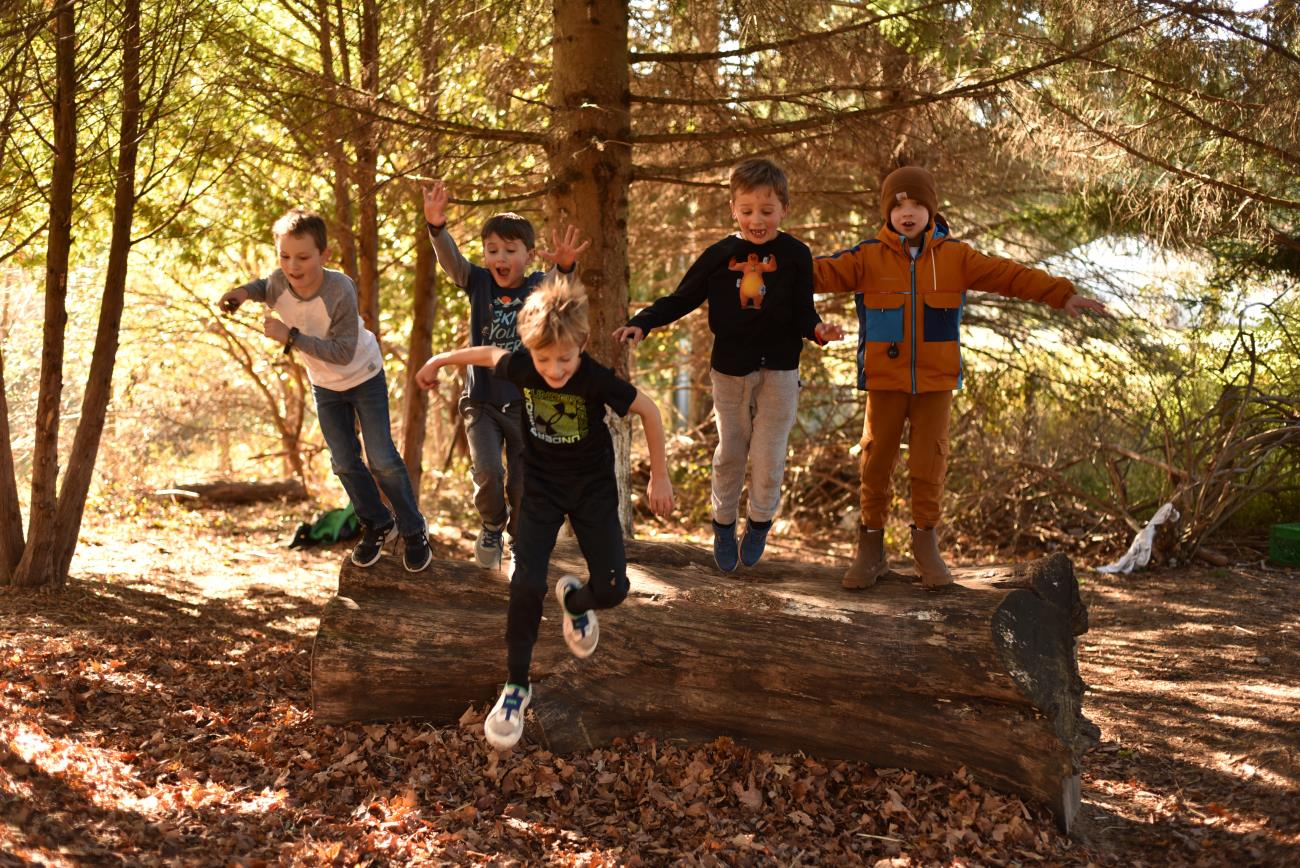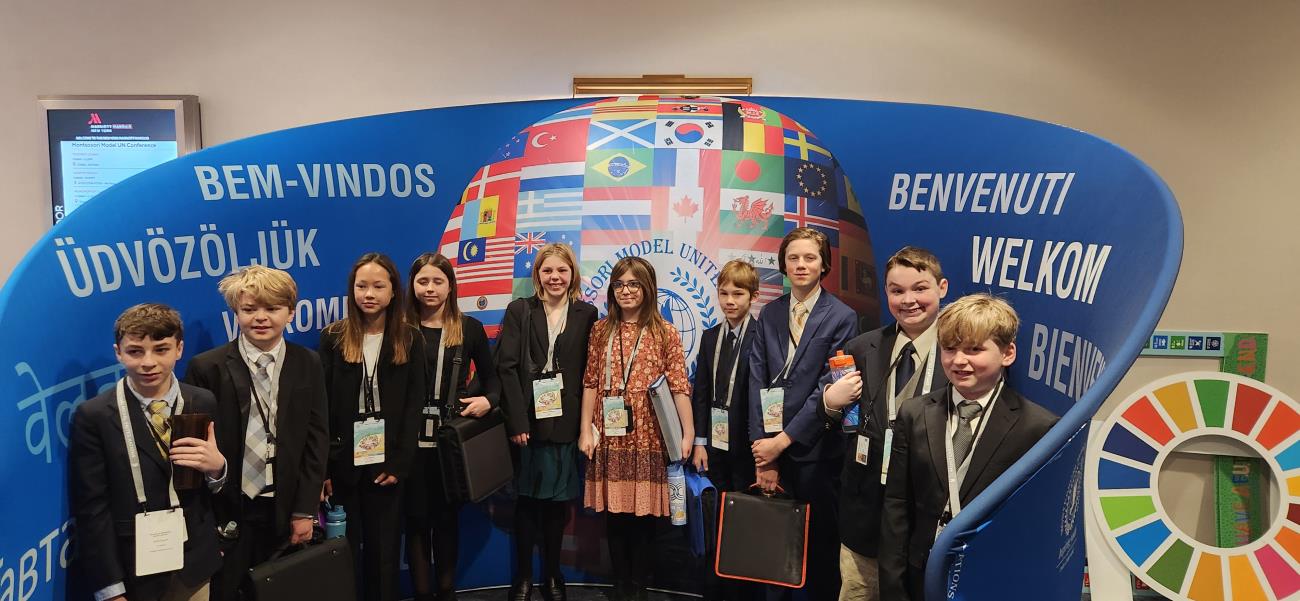A few months back, Alison Breithaupt wrote a blog post on The Evolution of Guiding, in which she shared her observations of children, throughout her career. At one point, Alison discussed the effects of technology on our children and how important it is for children to make sense of their worlds through real-life experiences and limiting access to screens. Does the mere mention of this cause you some anxiety, stress, and worry? Well, I am here to say I am right there with you! This blog post is an honest recount of our family’s journey through excessive screen time, a diagnosis of ADHD, and the shift to a screen-free childhood.
I will paint a quick picture. We, as adults, work all day, pick the kids up from school, and get home. We have a laundry list of things to do, dinner to make, e-mails to write, and all your child wants is your full, undivided attention. What is a little screen time? No worries! No more fighting. We can cook and answer emails without fighting. It is a win-win.
For our family, it was not the weekdays that felt so hard but rather the weekends. Saturday morning, my child would wake up, run downstairs, and sit in front of the television. Everything else went by the wayside. They were not interested in food, playing, outside, toys, helping out with tasks, etc. I could not pull them away from the screen! Every second of our time together became, “When can I watch a show?”
The lingering effects of my child watching any amount of television did not feel typical. They lost their ability to control their impulses. Emotional reactions began to not fit with the events that had taken place. In school, they shied away from anything that felt like it would take too long or could be too challenging. This did not feel like my child. It felt more like an addiction. We tried everything. We tried TV only on the weekends. I told myself I was doing great because my child did not watch any screens on weekdays. We tried only documentaries (educational, right?). We tried thirty minutes a day in the afternoons when downtime took place. Screen time was a constant fight and power struggle. None of the solutions we came up with produced a positive outcome.
Around this time last year, my 6-year-old was diagnosed with ADHD and Dyslexia. The more I read, the more I understood the intensity of this issue with screens. My child with a “race car brain and only bicycle brakes (a child psychologist’s explanation to my son about ADHD)” was merely self-medicating with screens. I still had no idea how I could possibly break this habit. However, upon our arrival here in Northern Michigan, we started to see a new pediatrician, who held our hands through our new diagnoses. One of the first questions she asked was about screen time. I clammed up, took a deep breath, teared up a bit, and was completely honest. Her advice: cut it out cold turkey! That is just what we did, and the results have been beautiful!
Please know it was not all sunshine and roses, nor is this meant to be a judgment on how others should parent. It was one of the hardest things we have done as a family. We now fill our time with the outdoors, board games, drawing, reading, coloring, painting, and much more. Without screen time, we all had to find other ways to fill our love of stories. The results: we all grew closer together and found new interests! Sometimes it is okay to be bored and not know how to spend your time. Incredible growth comes from that place. My child, who once shied away from a challenge, started to take on more and more. They still struggle with taking on challenges by themselves at times and we have been delighted in how often they take on these challenges more willingly. Their attention span grew. Their desire to be a contributing member of the family grew. Academic skills that once felt too hard or unattainable began to flourish with all the effort and hard work our child was pouring into themselves. It felt like we were seeing our child in a whole new light.
As for us, we are learning to put our phones and computers down more and be present. It feels lighter and more joyful. There are certainly harder days than others. We still have family movie nights about once a month, and it feels so different for us all to sit down together. We do not know if this is forever, but for now, we could not be happier with this drastic change!
Dr. Maria Montessori addressed the United Nations Educational, Scientific and Cultural Organization (UNESCO) in 1950. She stated, "It is the young people, the children, upon whom we may base our hopes of building a better world since they can give us more than we have today, and more than we, at one time had, but have since lost.”
From the beginning, Montessori education has had a focus on world peace. At The Children's House peace education is woven into many daily activities. Even the youngest children in our school, the Nido infants, begin learning to be part of their community in a calm, peaceful environment. The Young Children’s Community (YCC) learners begin to explore the world together and contribute to their group by helping to clean, prepare snacks, and assist classmates- along with other responsibilities. Once in the Primary classroom, children begin to look at the world outside our campus through maps, books, and oral stories, while continuing to work on grace and courtesy skills. The Elementary learners begin to go out into our community, learning how to help by delivering meals and collecting food for local food banks, partaking in environmental clean-up days, and visiting the elderly- among other activities. All of this is the beginning framework for creating lasting peace.
During their final year of Elementary, sixth-year students have the opportunity to act as UN delegates in the Montessori Model United Nations program, where they collaborate with students from five continents! In September, they begin studying their selected country and they take that country's perspective in solving some of the world's biggest issues. This year, for example, our learners looked for solutions to issues such as the implementation of the United Nations convention to combat desertification, empowering youth in inclusive and sustainable food systems, and disaster risk reduction, among other topics. The learners spend many hours researching and writing position papers for their topic. Once they have laid out their country's position they write speeches to be delivered in their committee sessions, which are then shared with the Secretary General of the United Nations. This is huge work- the work of creating a pathway to world peace! There are no awards for the best position paper or highest quality speech, it is truly a collaborative experience. We are raising the leaders of tomorrow. I encourage you to learn more about how the Montessori Model United Nations helps students take part in our global community.

